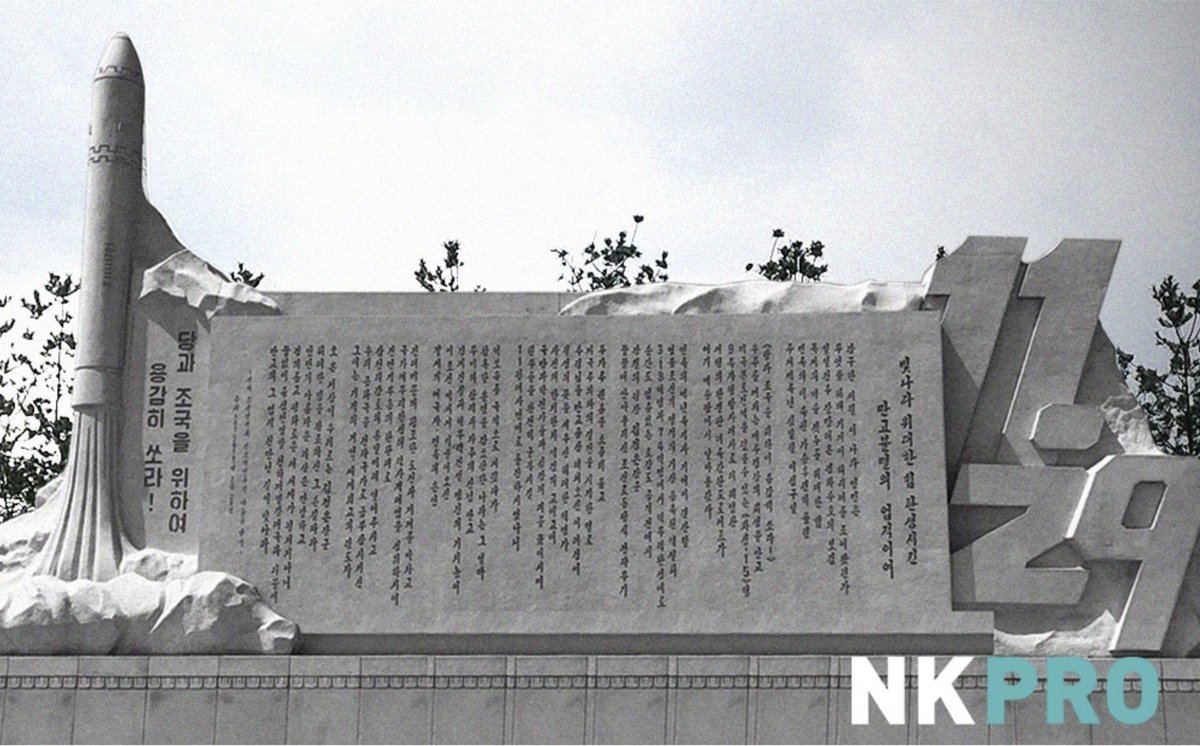
One little aspect of the Iran-Saudi deal really struck me: Iran's continuing missile strikes against civilian targets in Saudi Arabia really seem to have exerted coercive leverage over Riyadh. That's probably not a great precedent.
A reminder: Iran has been rocketing the sh*t out of KSA (nominally through proxies in Yemen) since ~2017. The more recent number I could find, from way back in December 2021, was "430 ballistic missiles and 851 drones ... killing 59 Saudi civilians."
reuters.com/world/middle-e…
reuters.com/world/middle-e…
The highest profile strikes included a couple of missile shots at the Riyadh Airport and a missile/drone strike on Aramco facilities at Abqaiq and Khurais. *Just imagine if Iran fired ONE missile at JFK airport.*
reuters.com/article/us-sau…
reuters.com/article/us-sau…
I used to make fun of Trump and the Saudis for talking so tough while continuing to just take the beating that Iran was giving out (largely but not solely through proxies in Yemen.) Talk is cheap. And don't get me started on #swagger.
https://twitter.com/ArmsControlWonk/status/1173313110049865728?s=20
Saudi Arabia has a substantial missile force imported at great expense to deter threats like this. And they ... just couldn't use it. I understand why not, but then again I am a professor who constantly points out that deterrence is much more complicated than most admit. 

Now, US officials seem to be saying that a central component in Saudi thinking was that they just wanted the strikes to stop. Here is what US officials told reporters from the @washingtonpost, @WSJ, and the @nytimes. 





The argument from US officials implies the Iranian missile/drone campaign exerted significant coercive pressure on Saudi Arabia. Also notable: The campaign succeeded despite Saudi Arabia investments missile defenses.
govconwire.com/2022/08/state-…
govconwire.com/2022/08/state-…
(Although, as my colleagues and I at the @JamesMartinCNS pointed out, those defenses were likely not intercepting many missiles despite official claims to the contrary.)
nytimes.com/interactive/20…
nytimes.com/interactive/20…
Any firm conclusions about this require a much more careful examination that can only come with time, but at first blush it seems Iranian missile strikes created coercive leverage and the combination Saudi offensive capabilities and Western-supplied defenses didn't matter.
• • •
Missing some Tweet in this thread? You can try to
force a refresh










